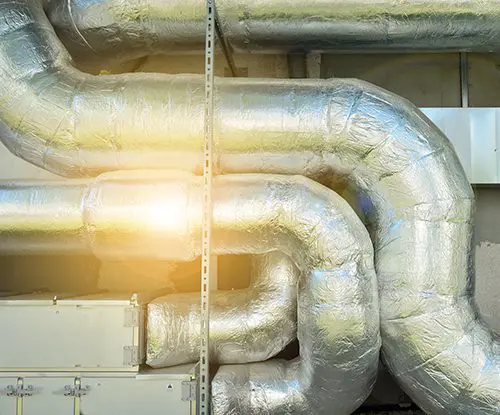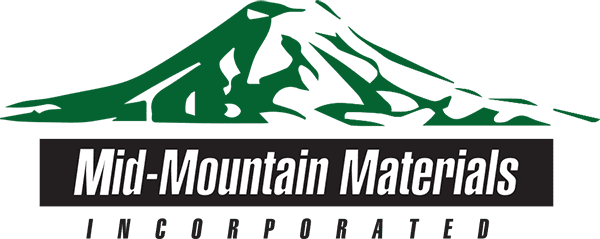Controlling the thermal insulation of a specific space, or even the properties of a product, can optimize their use of energy. This is because the processes that utilize this energy will become more sustainable and cost-effective.
Ultimately, the types of insulation materials you choose will affect the levels of thermal insulation. Fiberglass fabrics are among the most well-known insulation materials. They are widely available in a range of formats, including coated fabrics, knitted and woven textiles, needled blankets, and fabricated components. Various other high-temperature materials are available in similar configurations, too.
There is another factor that could determine how well your thermal insulation prevents heat loss. This is the thickness of your temperature insulation products. If a thicker type of thermal insulation material is used, this can decrease the rate of how quickly a temperature will fall. Therefore, it implies that it has better insulation qualities compared to thinner types of materials.
Though, with that said, the thickness of your thermal insulation material will depend on its application. It could also be influenced by the levels of protection you want the material to provide. This includes against moisture and deterioration.
Below you will find more information on how thermal insulation thickness can affect heat loss. Read on if you want to learn the specific concepts behind transfers of heat. We will also consider how they relate to the thickness of thermal insulation materials.

The Principles of Heat Transfer and Insulation
Heat transfer occurs through three primary mechanisms:
- Conduction
- Convection
- Radiation.
Thermal insulation primarily mitigates heat loss through conduction and convection, and in some cases, radiation. The effectiveness of insulation is quantified by its thermal conductivity (\(k\)). This is a measure of a material’s ability to conduct heat. Lower thermal conductivity indicates better insulating properties.
The Impact of Insulation Thickness on Heat Loss
The relationship between insulation thickness and heat loss is governed by Fourier’s law of heat conduction. In other words, the rate of heat transfer through a material is proportional to the temperature difference across the material and inversely proportional to its thickness.
Mathematically, this is expressed as: q = -k ∇T. Here q is the heat transfer rate, k is the thermal conductivity, and ∇T is the temperature gradient. This can be expanded to include a metric for the cross-sectional area and insulation thickness.
From this equation, the increase of insulation thickness decreases the heat loss rate, assuming all other factors remain constant. However, the relationship is not linear because of the diminishing returns. Beyond a certain thickness, additional insulation yields progressively smaller reductions in heat loss.
Optimization of Insulation Thickness
In industrial applications, the optimization of insulation thickness is crucial for achieving thermal efficiency while minimizing costs.
The optimal thickness is determined by balancing the reduction in heat loss, and its associated energy savings, against the cost of insulation materials and installation. This analysis often involves calculating the payback period or return on investment (ROI) for different insulation thicknesses.
Several factors influence the optimal thickness of thermal insulation in industrial settings:
- Thermal Conductivity of Insulation Material: Materials with lower thermal conductivity require less thickness to achieve the same level of insulation.
- Operating Temperatures: High temperatures may necessitate thicker insulation to prevent heat loss and ensure personnel safety.
- Environmental Conditions: Ambient temperature, humidity, and wind speed can affect heat transfer rates. Therefore, it can influence the optimal insulation thickness.
- Energy Costs: Higher energy prices increase the cost savings from reduced heat loss, potentially justifying thicker insulation.
- Space Constraints: In some industrial environments, space limitations may restrict the maximum feasible insulation thickness.
Challenges and Considerations
Selecting the appropriate insulation thickness is not without challenges. In addition to the cost-benefit analysis, engineers must consider factors such as moisture ingress. This can degrade insulation performance, and the risk of corrosion under insulation (CUI). Moreover, the physical properties of insulation materials can change over time, impacting their thermal resistance.

Future Directions
Advancements in materials science are leading to the development of new insulation materials. These have lower thermal conductivities and enhanced performance characteristics, such as resistance to moisture and chemicals.
Additionally, the use of computational tools and models for simulating heat transfer is becoming increasingly sophisticated. It can allow for more accurate predictions of the effects of insulation thickness on heat loss.
The thickness of thermal insulation is a critical factor affecting heat loss in industrial applications. By understanding the principles of heat transfer and conducting a thorough analysis of the costs and benefits, engineers can:
- Optimize insulation thickness to enhance energy efficiency
- Reduce operating costs
- Contribute to sustainability goals.
As materials technology and computational modeling continues to evolve, the potential for further improvements in thermal insulation performance remains significant.
Want to Learn More About Thermal Insulation Thickness and Heat Loss?
The more you know about the thickness of your thermal insulation materials, the more likely it is that you will be able to control your amount of heat loss. By managing the heat loss, you can save money. Alongside this, you can help to implement greener practices that could potentially retain energy.
When thinking about which thermal insulation materials to use, you need to consider how they would work in your own applications. The material would change depending on whether you use it on an object like a pipe or whether you want seals for an industrial furnace or oven. You may even use it in a more complicated application, like a removable/reusable insulation system in an oil and gas plant.
There are a lot of choices when selecting your thermal insulation materials. Each will have their own variation of thickness and unique characteristics. For instance, this could include the fire resistant properties of fiberglass or silica mat, or a coated fabric which is thinner than a mat.
If you want more information, we would recommend starting with our article on thermal insulation. Once read, you can work with us, Mid-Mountain Materials, to find the perfect type of thermal insulation for you.
We want to ensure that you get the best thermal insulation for your application. The right thickness of a material can ensure that the contained heat is maintained without the chance of escape. This can improve the heat retaining capabilities of your environment or item!
Take your time browsing our website to see our thermal insulation products. It is important to get your thermal insulation right to ensure its capabilities will suit its intended purpose. If you have any additional questions, feel free to contact us. Our thermal insulation specialists will be available to help.

